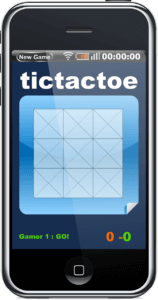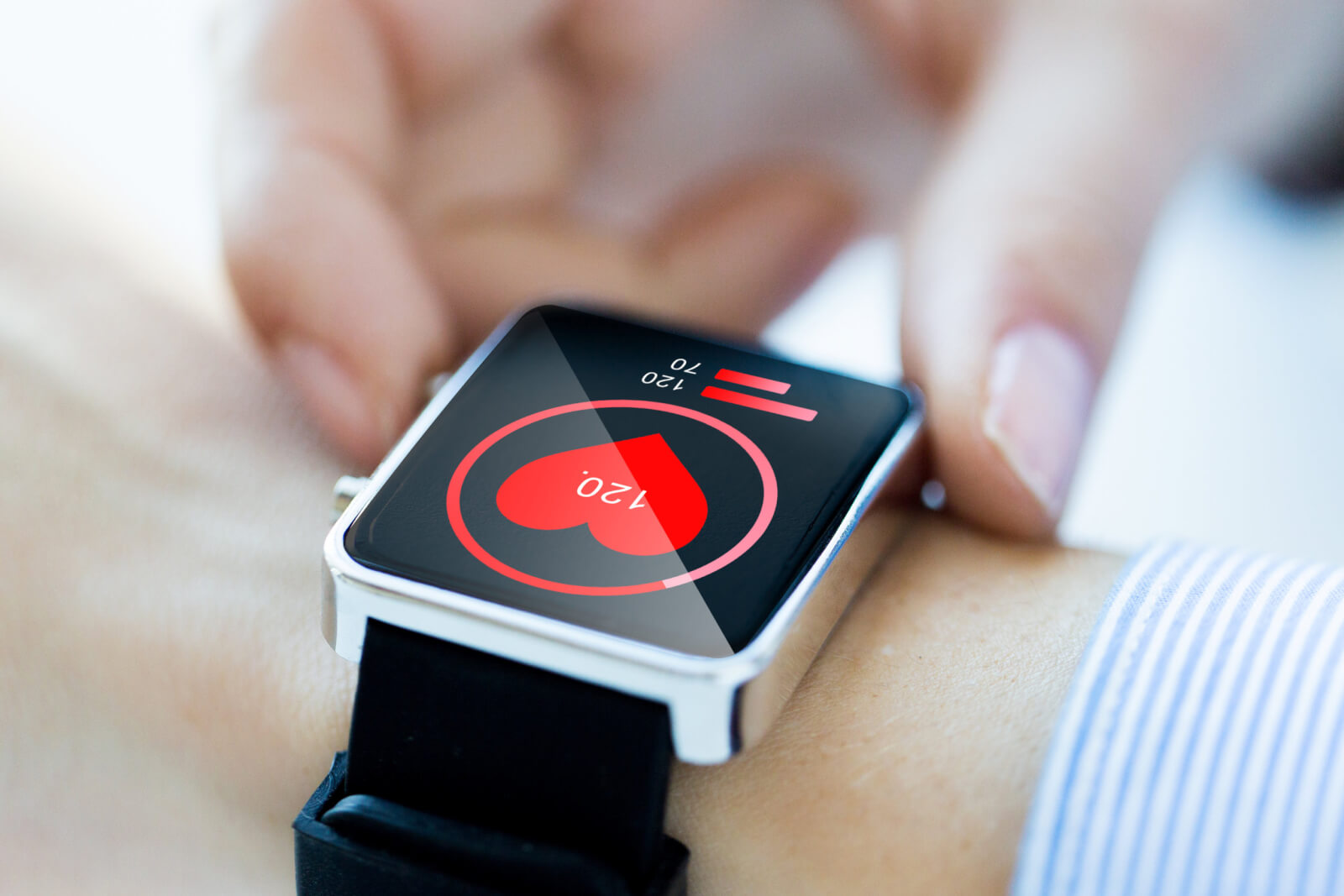After reading this article, you’ll:
- Understand why and how users become dormant in apps, including common drop-off triggers like onboarding friction and confusing navigation, enabling better segmentation and targeted re-engagement strategies
- Master the various channels and techniques for re-engaging dormant users, from personalized push notifications and email campaigns to retargeting ads and UX improvements, with specific approaches for different user segments and dormancy periods
- Learn how to measure and optimize re-engagement efforts through key metrics like campaign clickthrough rates and session analytics, allowing for data-driven refinement of strategies across different user segments and timeframes

Retaining and re-engaging existing users is critical for the long-term success of any app. While acquiring new users may seem attractive, it comes at a steep price—by some estimates, gaining a new customer can cost five to 25 times more than retaining an existing one.
Unfortunately, it’s almost inevitable that a percentage of users will become dormant over time, failing to maintain an active presence in your app. The reasons vary—perhaps they’ve lost interest, grown frustrated with certain features, or simply forgot about your app amidst all the other apps competing for their attention.
Whatever the reasons may be, re-engaging these lapsed yet already familiar users represents a huge missed opportunity for most apps. With the right carrot-and-stick incentives and a tailored outreach strategy, bringing dormant users back into the fold can drive tremendous returns.
This article examines best practices for re-engaging dormant app users in order to boost long-term retention and monetization.
Understanding Dormant Users
 Gaining insight into why and when users become inactive is key to crafting effective re-engagement campaigns. Analyzing behavioral patterns prior to dormancy reveals common drop-off points and allows appropriate segmentation for personalized outreach.
Gaining insight into why and when users become inactive is key to crafting effective re-engagement campaigns. Analyzing behavioral patterns prior to dormancy reveals common drop-off points and allows appropriate segmentation for personalized outreach.
Common triggers for user disengagement include friction during onboarding flows, confusing navigation, lack of personalized content, or underwhelming new features. By pinpointing pain points across the user journey, apps can target areas needing improvement. The timeframe of inactivity also matters—for example, reconnecting with users dormant for 3 months may require different incentives than a 2-year absence.
Useful ways to segment dormant users include:
Light, Medium and Heavy Past Usage:
- Light: minimal sessions, basic onboarding. Need added value.
- Medium: regular but tapering usage. Reconnect with new features.
- Heavy: previously very active. Special VIP offers may entice return.
Time Elapsed Since Last Active Session:
- 1-3 months: gentle reminders may suffice
- 3-6 months: consider more compelling content updates
- Over a year: frame as a “welcome back” re-introduction
Analyzing the drop-off points and dormancy timeframes of lapsed users informs the timing, segments, channels, and messaging for rebuildng engagement. The next section explores specific outreach strategies tailored to reawaken these dormant relationships.
Personalized Push Notifications and Messages
Push notifications and in-app messages allow for real-time outreach to dormant users in a context they readily recognize – directly within your app. Tailoring these messages to each user’s interests and preferences makes them far more compelling than generalized spam.
Well-timed push notifications might include:
Context-Based Reminders:
- Alerting users to new content in categories they previously liked
- Promoting new features addressing gaps users previously experienced
Milestones and Achievements:
- Congratulating users on anniversaries of key engagement milestones
- Notifying users of achievements, ranks, or rewards they are close to unlocking
Meanwhile, in-app messages can drive immediate action by layering on personalized offers such as:
Personalized Promotions:
- Discount codes or special offers for lapsed premium users
- Exclusive access to new digital content or features
Early Access Opportunities:
- Free trial of paid membership program
- Sneak peek at upcoming new features
Used in combination, these personalized messages remind users of the value your app previously provided and demonstrate continued enhancements over time that warrant re-engagement.
Incentivizing Return Visits
Providing compelling incentives can increase the likelihood of reactivating dormant users for the long run. Targeted offers deliver additional value that motivates renewed app engagement.
Effective incentives may include:
Loyalty Programs:
- Point/credit system for continued engagement milestones
- Unlock tiers with exclusive rewards
Referral Bonuses:
- Offer existing users rewards for getting friends to return as well
- Free digital good for bringing back dormant connections
Welcome Back Gifts:
- Provide free premium trial period for returning
- Give exclusive access to new features or content
Limited-Time Offers:
- Special seasonal or event-based promotions
- Countdown urgency to encourage quick action
The goal of these incentives is to reawaken dormant users to everything they have been missing since disengaging from your app. Promotional offers are most compelling when combined with showcasing major updates or milestones users have failed to experience due to inactivity. Limited-time urgency builds anticipation and demand. With effective incentives catalyzing re-engagement, apps often benefit from renewed loyalty over an extended period.
Content and Feature Enhancements
 Dormant users grow disconnected both from the overall app experience as well as the content and features that initially drew them in. Keeping lapsed users updated on major product developments provides fresh incentives to return while localization and recommendation algorithms serve up the most relevant new content for each individual.
Dormant users grow disconnected both from the overall app experience as well as the content and features that initially drew them in. Keeping lapsed users updated on major product developments provides fresh incentives to return while localization and recommendation algorithms serve up the most relevant new content for each individual.
Major reasons to showcase specific feature and content additions include:
Recent Product Updates:
- New feature announcements addressing previous pain points
- UI/UX upgrades and navigation improvements
Personalized Content Feeds:
- Videos, articles, or audio aligned with previous interests
- Recommendation engines suggesting the “best bets”
Localization also plays a major role through:
Geotargeted Notifications:
- Event, deal, or update notifications by location
- Weather or news alerts based on user’s city
Cultural Interests:
- Holiday-specific promotions by region or religion
- Language translation/content for diaspora users
By actively highlighting your app’s continual evolution, especially in areas most relevant to each specific user, dormant users may be compelld to check-in and reassess your value proposition through fresh eyes. Localizing information and recommendations also demonstrates your app still aims to serve their unique needs.
App UX Improvements
Evolving and optimizing the user experience for an app is critical, especially when attempting to re-engage dormant users who struggled with friction, confusion, and other pain points impacting retention.
By refining and simplifying re-entry for lapsed users, apps can significantly increase reactivation likelihood. Particularly for those gone an extended period, the app may feel entirely new again. Key UX considerations include:
Onboarding Refreshers:
- Quick tutorials on major feature changes
- Streamlined checklist for former power users
Navigation Redesign:
- More intuitive architecture and interfaces
- Spotlight newer areas of app ecosystem
User Feedback Channels:
- In-app surveys on meeting expectations
- A/B testing of re-engagement campaign elements
Collecting insights directly from returning users helps guide UX decisions as well as validate that the dormant user strategies are hitting the mark. If major onboarding hurdles or confusing navigation pathways contributed to previous churn, such app experience improvements demonstrate renewed commitment to meeting user needs.
Combined with compelling new content and personalized incentives, UX refinements help dormant users rediscover and thrive in your app.
Email and SMS Campaigns
Email and SMS remain highly effective channels for reaching dormant app users, despite the general shift toward mobile-first customer engagement. Tailored messaging helps reawaken interest, while time-sensitive SMS alerts promptly inform of deals and events.
Compelling email campaigns might incorporate:
Personalized Subject Lines:
- Include the user’s name to catch attention
- Dynamic subject line content
Message Segmentation:
- Custom recommendations based on past activity
- Track opens/clicks to refine targeting
App Update Summaries:
- “Welcome back! Here’s what’s new…”
- Feature enhancement and content addition spotlights
Meanwhile, SMS alerts lend well to:
Time-Sensitive Alerts:
- Hourly sales or last-minute deals
- Event reminders based on saved preferences
Ongoing Promotions:
- Special personalized codes and referral links
- Post-purchase reviews
Though many users deactivate notifications, email and SMS remain exempt from app settings and can still effectively reach dormant users. By crafting relevant messaging and promotions, these veteran digital channels provide another means to revitalize engagement.
Retargeting Ads and Social Media Engagement
Retargeting ads and social media engagement serve as powerful tools to regain mindshare among dormant app users who remain active in other digital channels. Strategic paid ads, organic content, and influencer partnerships pique interest in trying your app once again.
Common approaches in this area include:
Retargeting Campaigns:
- Sequential video and display ads across channels
- Dynamic CTAs to onboarding/exclusive offers
Social Media Content:
- Community polls/contests around new features
- User-generated content and testimonials
Influencer Partnerships:
- Give promo access to dormant user segments
- Co-create re-engagement content or tutorials
Waking sleeping users across external platforms starts the awareness journey pre-login. Retargeting ads remind users of your app’s continued enhancements since their departure. Meanwhile social content and influencers organically showcase what fellow users highlight as new and improved features worth exploring again.
This foundation ultimately directs dormant users back to your app environment to directly benefit from personalized campaigns and offers unlocking the full value of their renewed participation.
Measuring the Impact of Re-Engagement Efforts
To quantify the success of dormant user campaigns—and identify areas for optimization—apps need to actively track engagement rates across outreach channels while segmenting performance by dormancy timeframe.
Key metrics to isolate may include:
Campaign Clickthrough-Rates:
- Push notifications, Emails, SMS, Ads
Conversion Goals by Channel:
- App opens, feature adoption, referrals
Session Length and Depth:
- Time in-app and screens visited
Analytics tools and attribution modeling reveal how specific segments respond. For example:
- Were heavy past users more likely to convert offers than lighter users?
- Did recent (<3 mos) dormant users yield better ROI than those lapsed 1yr+?
Drilling into re-engagement rates by campaign components, user types, timing, and more enables ongoing refinement of top-performing messages, incentive, and channels. Testing follow-up recurrence patterns also builds enduring retention.
With data informing optimal allocation of resources, apps maximize results while efficiently keeping hard-won users happily engaged in the app experience over the long haul.
Frequently Asked Questions (FAQs) About Re-engaging Dormant App Users
How long should we wait before considering a user “dormant”?
The appropriate timeframe varies based on your app’s typical usage patterns. However, the article suggests different segments: 1-3 months (requiring gentle reminders), 3-6 months (needing compelling content updates), and over a year (requiring a “welcome back” re-introduction approach). It’s important to analyze your specific user patterns to determine the most relevant dormancy threshold for your app.
What are the most effective channels for reaching out to dormant users?
According to the article, there are multiple effective channels, each with their own strengths. Push notifications and in-app messages work well for real-time, contextual engagement. Email and SMS remain highly effective despite the mobile-first trend, especially for users who have disabled app notifications. Additionally, retargeting ads and social media can help regain mindshare among users who are still active on other platforms. The best approach often combines multiple channels with personalized messaging for each segment.
What types of incentives work best for bringing back dormant users?
The article outlines several effective incentive types:
- Loyalty programs with point systems and exclusive rewards
- Welcome back gifts like free premium trial periods
- Limited-time offers creating urgency
- Referral bonuses for bringing back other dormant users The key is matching the incentive to the user’s previous engagement level and reason for becoming dormant.
How can we prevent users from becoming dormant in the first place?
While the article focuses on re-engagement, it suggests several preventive measures through its discussion of common drop-off triggers. These include improving onboarding flows, simplifying navigation, providing personalized content, and regularly updating features based on user feedback. Monitoring user behavior patterns and addressing friction points early can help maintain engagement before users become inactive.
How do we measure if our re-engagement strategies are successful?
The article emphasizes tracking several key metrics:
- Campaign clickthrough rates across different channels (push notifications, emails, SMS, ads)
- Conversion goals specific to each channel
- Session length and depth after re-engagement
- Performance differences across user segments and dormancy timeframes Success should be measured not just by initial re-engagement, but by sustained activity over time after the user returns.





